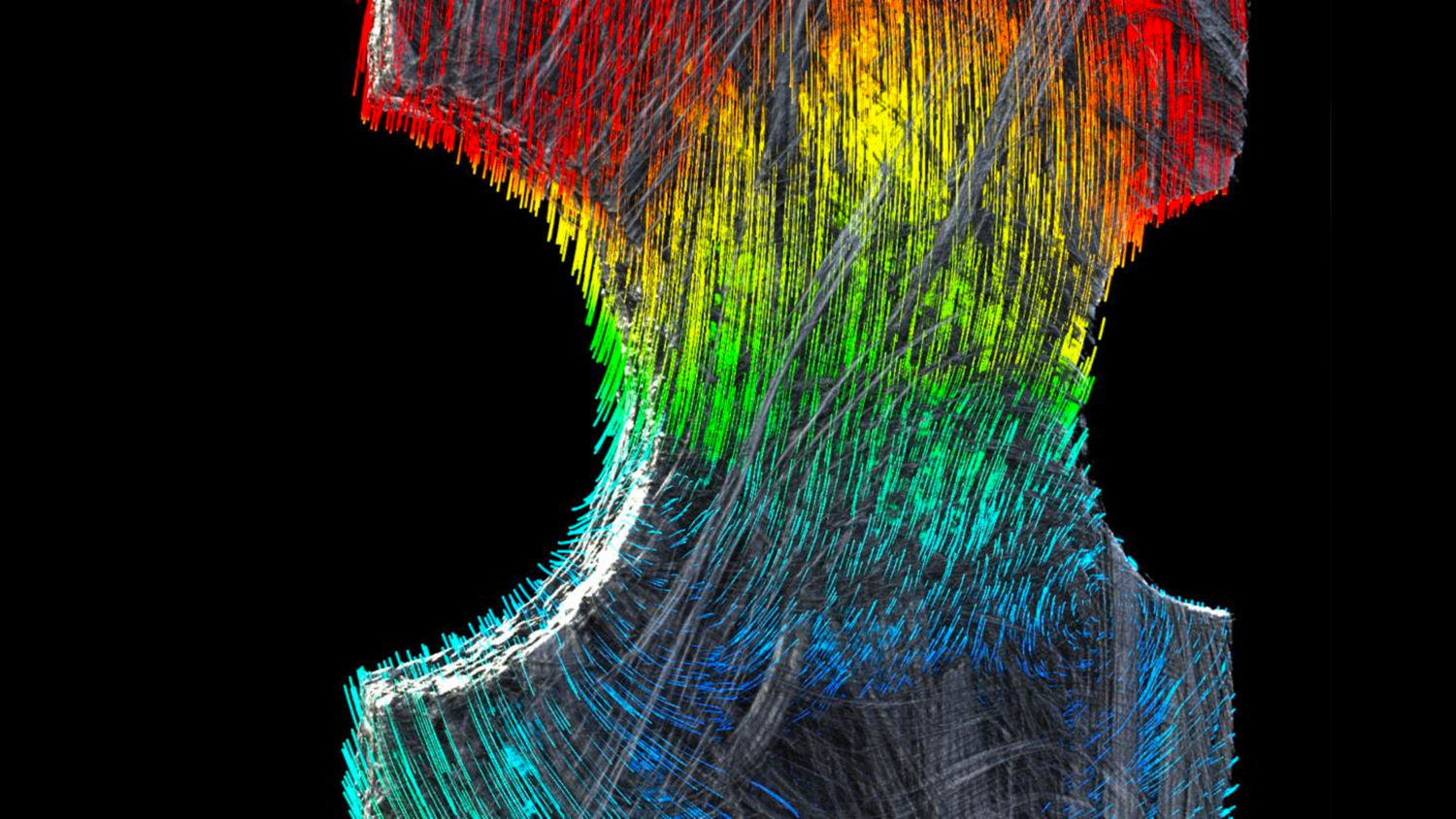With the release of VGStudio Max v3.4 software, Volume Graphics claims to have added and augmented tools to easier convert CT scans into 3D CAD models without the need for a designer or reverse engineering specialist.
The VGStudio Max v3.4 Reverse Engineering Module is said to add a comprehensive suite of capabilities, being able to generate surfaces from a CT scan, or any voxel model converted from a closed mesh/point cloud scan, using an auto-surface function that is fast and accurate.
“This new functionality allows manually generated design models to be available digitally – without the need for a CAD designer or reverse-engineering specialist,” said a Volume Graphics spokesperson.
“An important benefit is the ability to generate and archive 3D CAD models of legacy parts, as well as update those models in which the actual part or tool deviates from the master CAD model.”
The goal of this is to automate the creation of digital twins of individual parts and allow for validation of the model-to-part relationship.
The recreated or newly validated CAD model can then be exported as a STEP file to any CAD system. The software also enables CAM systems to mill on CAD instead of meshes.
The new Digital Volume Correlation (DVC) Module in VGStudio Max v3.4 helps users to quantify displacements and strains simply and intuitively between multiple states over time.
It enables insight into the material at hand, for example, helping to detect cracks and to measure the local strain.
Volume Graphics say that this is particularly useful for gaining a deeper understanding of foams, fibre composite materials, or 3D printed porous samples or components.
Voxel-based, three-dimensional volumes are automatically correlated by the software, allowing for before-and-after comparisons of in-situ experiments.
Results are visualised in extreme detail, making it easy to pinpoint exactly where defects or damage have occurred.

“The user can quantify and visualise problems like cracks and pores, which can be missed by the naked eye, by comparing datasets at different states over time with the initial undamaged data,” continued the spokesperson.
“Results are visualised via color overlay, vector fields or strain lines. The equivalent strain or single components of the strain tensor can be shown as a color overlay and mapped directly on a volume mesh to validate the results of FEA simulations.”
VGStudio Max v3.4 also allows for mapping microstructure information such as fiber orientation, fibre-volume content, or matrix porosity on the same mesh that is used for the FEA, allowing users to consider all significant microstructure information within a mechanical model and validate it by comparing FEA and DVC results.
DVC can be used to detect internal damage for maintenance of composite materials, like those in a helicopter blade, by comparing a scan acquired after manufacturing with another scan of the same part after several years of use.
Other enhancements to VGStudio Max v3.4
In addition to the new reverse engineering and volume comparison enhancements, the latest version also includes:
- New visualisation options for deviations of geometric tolerances to answer questions such as: Where exactly are the highest deviations located? How are the deviations distributed on a surface? Which areas of the surface were actually evaluated?
- Subvoxel-accurate defect detection with VGEasyPore to differentiate between gas pores and shrinkage cavities
- Stress tensor export in a .csv file of stress fields calculated using the VGStudio Max Structural Mechanics Simulation Module, e.g. for fatigue analysis
- New, more intuitive Tool Dock that reduces mouse travel needed to navigate
- Support of 4K displays for a crisper, sharper, and scalable graphical user interface
Read our full review of VGStudio Max from 2018 here.






